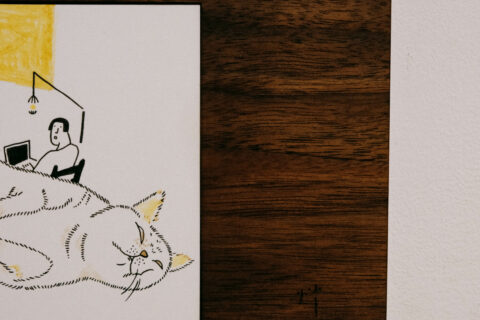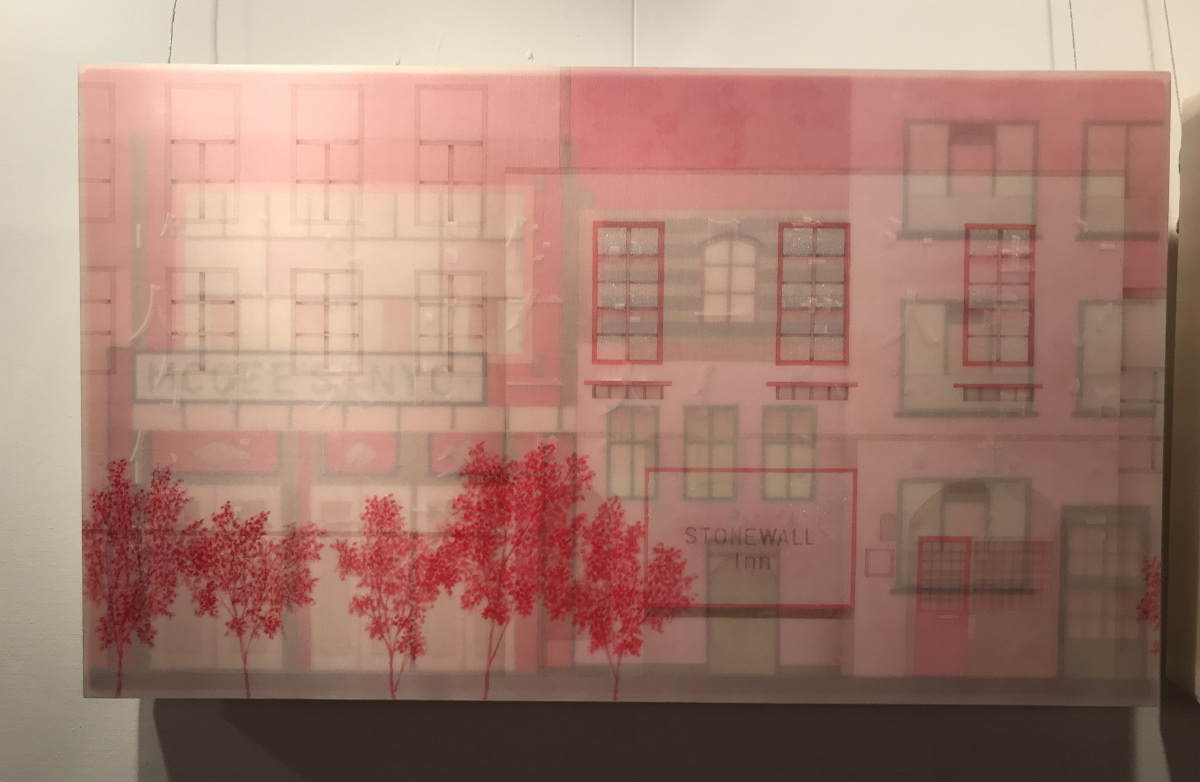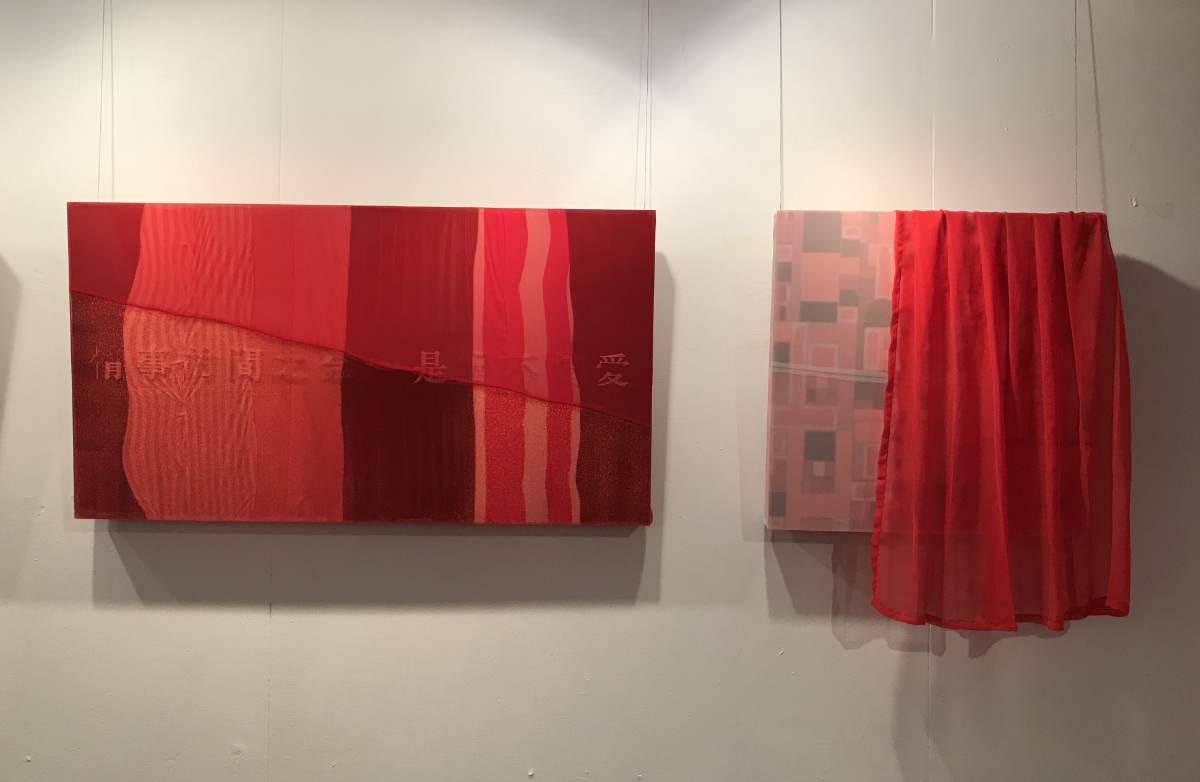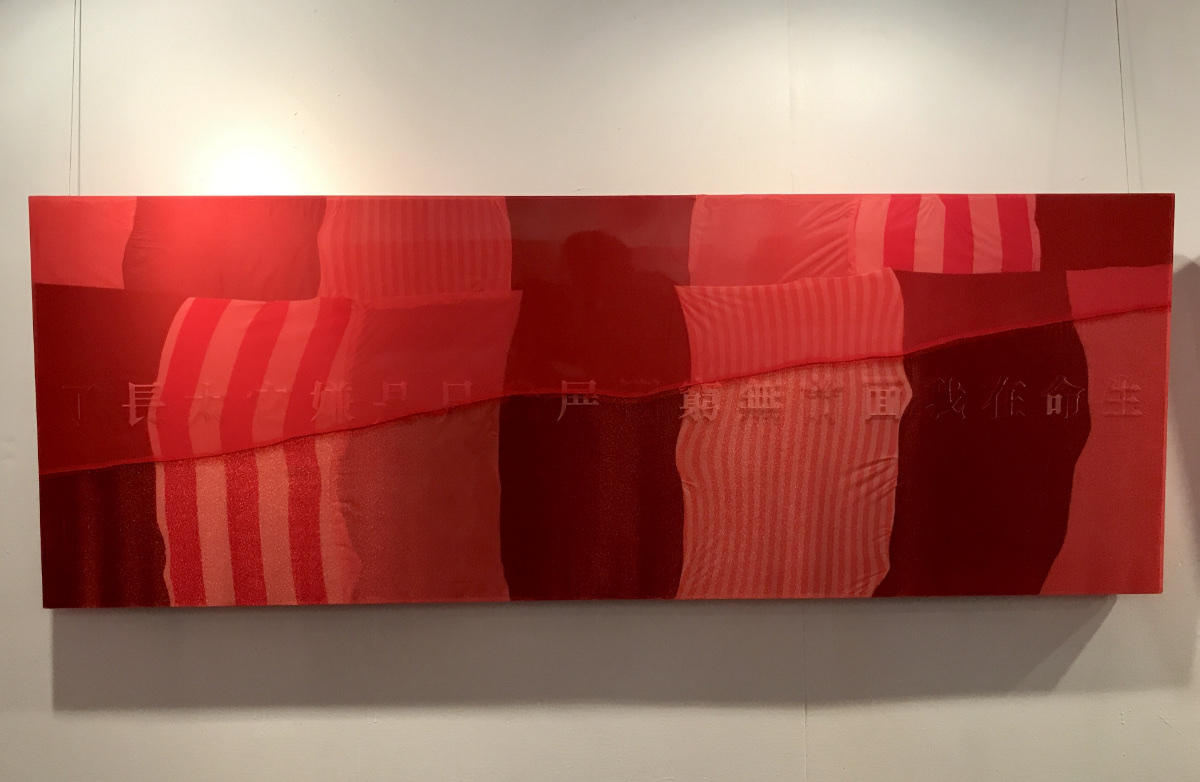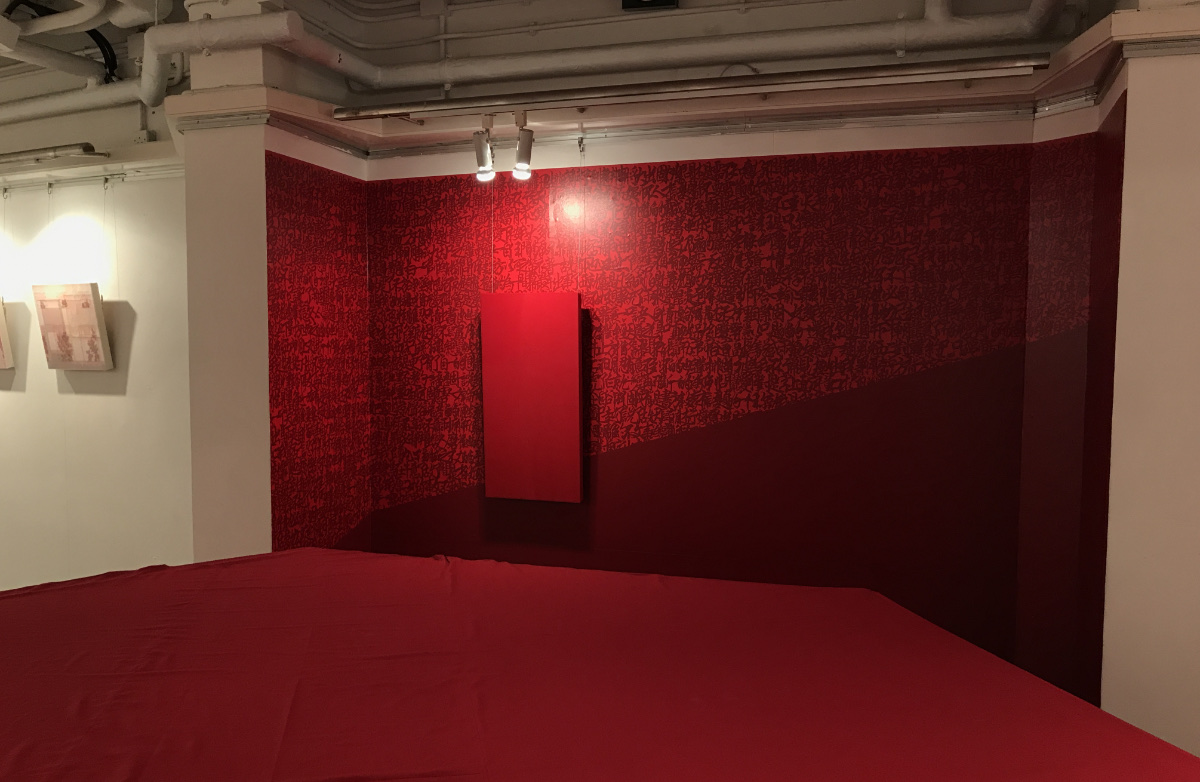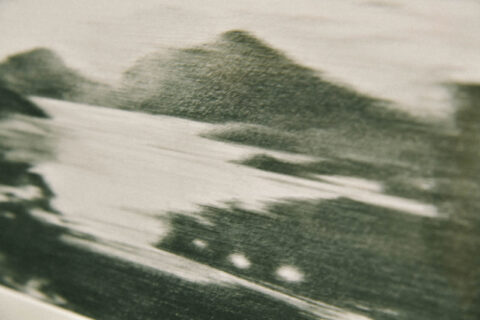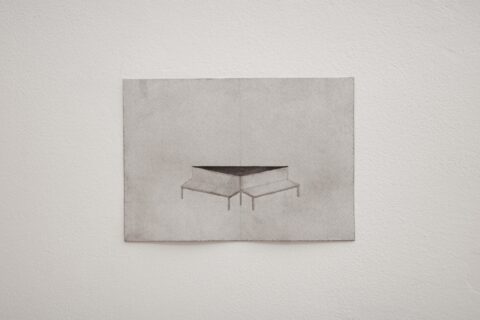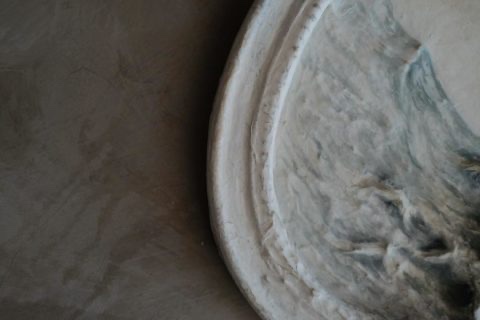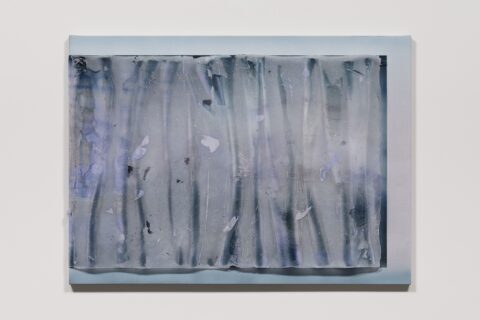藝術家陳世樂(阿三)把在紐約駐留兩個月的體驗化成一遍浩瀚的紅。
於紐約藝術空間Flux Factory駐留了兩個月,阿三他走訪了當地各大小藝術展覽、藝文場地及工作室,與其他藝術家進行交流。城市總帶著混雜的本質,紐約更加是多元化的都會。在電影及小說中紐約總有為生存歇力掙扎的華裔移民、關心不同階層的平權人士、潦倒的藝術家、在大眾焦點下的名人。美國國旗上的五十顆星星代表五十個洲。十三條間紋則象徵着美國最早建國時的十三個殖民地。紅色是勇氣,白色是真理,藍色是正義。
After his two-month residency in New York, the artist Chan Sai-lok boiled down his memorable experience into a massive piece of red color.
During his residency programme in the Flux Factory art space in New York, Chan visited galleries, art spaces and studios of various scales to have dialogues with numerous local artists. New York has always been a hybrid society with an eclectic mix of cultures and ethnicities. This can be seen in films and literature that feature Chinese migrants who are struggling to survive, activists who strive for promoting social equality, artists who can barely make a living, as well as celebrities who are always under the spotlight. The 50 stars on the flag of the United States of America represent the 50 U.S. States, while the 13 stripes stand for the original 13 colonies. The three colors on the flag also have their own symbolism — White signifies purity and innocence, Red, hardiness, and valor, and Blue signifies vigilance, perseverance, and justice.
紅色是勇氣。阿三將在紐約的體驗化成一遍勇氣,更藉著不同文學的作品呈現在紐約生活的失落與掙扎中的的勇氣。黃碧雲的小說〈愛在紐約〉是合法或非法移民面對生活種種困境與矛盾的意象,亦是七、八十年代美國經濟蕭條下社會氣氛的寫照;白先勇在《紐約客》的兩個短篇〈Danny Boy〉及〈Tea for Two〉,回顧愛滋病爆發之初,性小眾族群無助之身世,及紐約市面瀰漫惶恐不安的陰霾;郭強生長篇小說《夜行之子》則以「九一一事件」雙子塔倒下為背景,看清楚大美國主義下個體的生存狀況。阿三更把這些文學作品中的摘錄,以不完整的中文字體放在畫作上,那仿佛人生總是不完整,都是瓣瓣的碎片。
一點點的紅是亮點,是抖擻的精神。華人的新年、西方人的聖誕紅色總為喜慶日子添點溫暖。但展覽中的撲面而來浩瀚的紅色像生活及生存,都是支離破碎、殘酷無情。其中一幅作品《愛在紐約(一)》(五張之一),當中配上黃碧雲的小說〈愛在紐約〉中的選句「生命在我面前無窮的開展。我只是嫌它太長了。」生活中的氣餒與矛盾讓我們都認不得原屬自己的生命,渡日如千年。
展覽中整遍的紅像在說:「我想,在這變幻多端的城市,一切都會狠毒些。」
Red is the color of courage, a medium that Chan uses to express his experience in New York. Through the narrative of literature, Chan, once again, presented to his audience the frustrations of living in New York as well as the courage that arises from the struggles. In Wong Pik-wan’s story “Love in New York”, she narrates the hardships of the legal and illegal immigrants, in which readers are allowed a glimpse into the economic depression that struck the United States in the 70s and 80s. The two short stories “Danny Boy” and “Tea for Two” as collected in Pai Hsien-yung’s New Yorker tell readers the helplessness felt by the sexual minorities during the AIDS epidemic in New York. From his short stories, we can sense how New York City was overwhelmed by a great fear. Set against the fall of the Twin Towers at the September 11 attacks, Kuo Chiang-sheng’s novel Nightly narrates the existence of individuals under the shadow of Americanism. Chan turned excerpts from these literary works into broken Chinese characters on his paintings, as if comparing life to incomplete fragments.
Red is the bright and energetic color that decorates festivities like Lunar New Year and Christmas. Unlike the usual cheerful connotation of the color, the stunning red color in Chan Sai-lok’s exhibition represents fragmentary life and the cruelty one faces when trying to survive. Love in New York 1 (1 of 5) is complemented by a line from Wong Pik-wan’s story of the same title that writes, “I keep seeing new chapters of life unfolding in front of me. I just find them way too heavy for me.” Constantly feeling discouraged and frustrated made us ironically wish that our life could be shorter.
The glaring redness in the exhibition hall seems to be communicating the message, “I think everything can appear so brutal in this constantly evolving city.”
